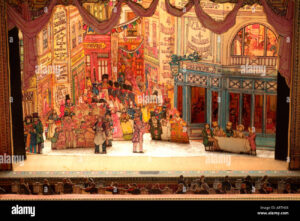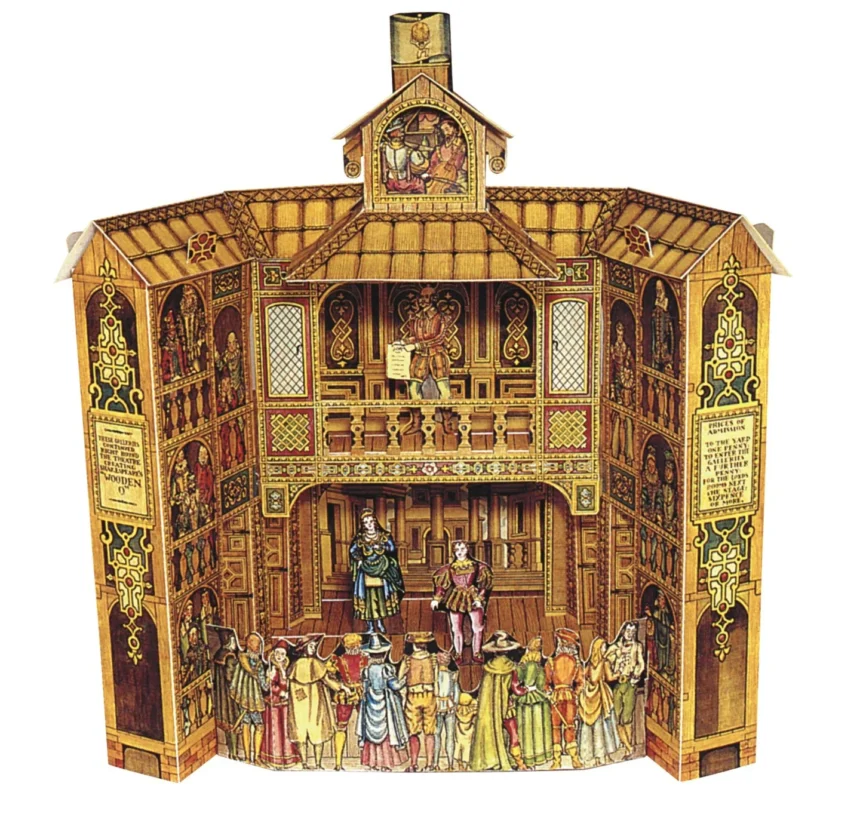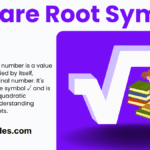
The Enchanting World of Toy Theater: A Tiny Stage with a Big Story
In a world dominated by screens and digital entertainment, the simple charm of toy theatre continues to captivate hearts. With its tiny cardboard sets, painted backdrops, and paper actors, toy theatre is more than just a children’s pastime—it’s a window into a rich tradition of storytelling, creativity, and imagination.
A Glimpse into the Past
To truly appreciate toy theatre, we need to return to the early 19th century in Europe. Back then, families didn’t have television or the internet. Entertainment was often homegrown, and stories were brought to life through handcrafted performances.
Toy theatre, also known as paper theatre, began in England around the 1810s. Publishers started selling kits with colourful scenes and cut-out characters based on popular stage productions. Families would cut out the pieces, assemble the stage, and perform the plays at home, often reading scripts aloud while moving the characters across the small cardboard stage.
These miniature dramas brought culture and
theatre into living rooms. The plays ranged from Shakespearean tragedies to melodramatic adventures and were enjoyed by children and adults. In a way, toy theatre democratized drama—it allowed anyone to be an actor, director, and audience.
A Tiny Theater of Dreams
At its heart, toy theatre is storytelling in its purest form. Unlike large productions with elaborate budgets and crews, this tiny art form thrives on simplicity and imagination.
Imagine a child sitting cross-legged on the floor, a small stage made of cardboard in front of them. The child picks up a paper figure with a painted face and a grand costume. With each movement, a story unfolds. A whisper becomes a battle cry. A flick of the hand becomes a sweeping dance. The boundaries between play and performance blur, and the theatre becomes real.
The beauty of toy theatre is that it’s not limited by age or skill. Whether you’re a seven-year-old making up stories with hand-drawn characters or an adult recreating historical plays, the experience is deeply personal and creative. It’s about expressing ideas, emotions, and dreams, all within a tiny frame.
Why Toy Theater Still Matters Today
In a fast-paced digital age, it’s easy to overlook traditional arts like toy theatre. But there’s something deeply valuable in slowing down to cut, paint, assemble, and perform. Here’s why this age-old art still holds meaning:
1. Creativity Over Consumption
Toy theatre encourages us to create rather than consume. Unlike passive forms of entertainment, it requires participation. You’re not just watching a story—you’re building it, shaping it, and breathing life into it.
2. Education Through Play
Children who engage in toy theatre unknowingly develop a range of skills—fine motor coordination from cutting and assembling, reading and speaking from performing scripts, and critical thinking from crafting stories. It’s learning disguised as play.
3. Family Bonding
Historically, toy theatre was a family activity. Parents and children would work together on assembling scenes and characters. In today’s world, where family members are often isolated by screens, toy theatre offers a chance to reconnect.
4. Affordable Art
Not everyone can afford to attend the professional theatre, but almost anyone can make a toy theatre with paper, scissors, and glue. It brings the magic of performance within reach for people of all backgrounds.
A Heading with the Keyword: The Revival of Toy Theater in Modern Times
Recently, artists and educators worldwide have rediscovered the charm of toy theatre. Workshops, festivals, and online performances have brought this old-fashioned art into the 21st century.
Modern creators are pushing the boundaries of what toy theatre can be. Some use recycled materials, others mix traditional handcraft with digital projection. Storytellers use it to address contemporary issues—climate change, identity, social justice—proving that this miniature stage can carry powerful messages.
The internet has also given toy theatre a new platform. YouTube channels, online classes, and social media pages are dedicated to showcasing performances and tutorials. This blend of old-world charm and modern accessibility gives toy theatre a well-deserved renaissance.
How to Start Your Toy Theater
You don’t need much to begin—just a love for stories and a bit of creativity. Here’s a simple guide:
- Build the Stage: A shoebox or cereal box works perfectly. Cut out a window at the front of the stage.
- Create the Backdrops: Use coloured paper or cardboard to make scenery—mountains, castles, forests, or cities.
- Make the Characters: Draw your characters or print templates online. Glue them to sticks or strips of cardboard for easy movement.
- Write or Find a Script: You can adapt a favourite fairy tale or invent your own story. Keep it short and fun.
- Rehearse and Perform: Practice reading the lines and moving the characters. Then, gather your family or friends for a performance!
conclusion
Toy theatre may be small in size, but its impact is anything but tiny. It connects us to when stories were shared face-to-face when imagination was the main ingredient in entertainment. It reminds us that art doesn’t need to be grand to be meaningful.
In every paper character and hand-painted backdrop, there’s a spark of human creativity. In every home performance, there’s a celebration of imagination. So why not give toy theatre a try? Build your tiny stage, gather your characters, and let the stories unfold.
Because sometimes, the most miniature stages tell the biggest stories.







zvon44
thnxs